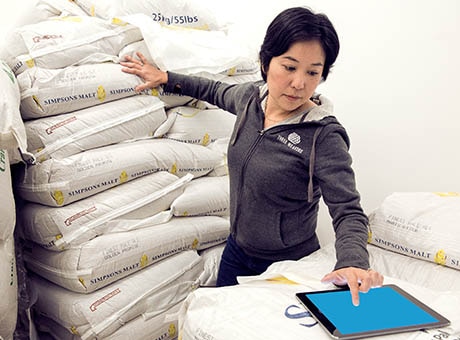Does your company make and sell products? If so, you know it’s important to track the types of expenses that go into making those products. This information helps you make better decisions when pricing products and lowering costs. There are two main types of costs you want to track: prime costs and conversion costs. Cost accounting can give you information about how your company is doing and how it can improve.

Cost Accounting: Prime Costs vs. Conversion Costs
Accounting for Prime Costs
Prime costs are the direct materials and direct labour that go into making your products. Common examples of prime costs include:
- Lumber
- Metals
- Plastics
- Fabric
- Paint
- The labour necessary to turn these items into your products
These prime costs are the essential expenses required to make your products. Without the materials or labour, you don’t have goods to sell. You can’t eliminate these types of expenses, so it’s a good idea to have a strategy to pay less for materials, such as buying in bulk or finding a less expensive supplier and improving operations to use less of the materials or labour.
Accounting for Conversion Costs
Conversion costs are your expenses that turn raw materials into finished goods. It’s the sum of the labour (which falls into both categories, prime and conversion) and the overhead costs that go into making your products. Your labour costs are the compensation you pay the employees who make your products. Overhead costs are your expenses that don’t directly relate to any single product. Utilities or rent are overhead expenses, because they’re necessary to make your products but don’t actually contribute to the final product.
It’s a good idea for your company to focus on minimizing conversion costs whenever possible. Unlike prime costs, conversion costs are somewhat avoidable because they aren’t related to your actual inventory. It’s essential to try to reduce what you pay in overhead because these are just the costs to run your business.
Pricing Your Goods
When figuring out how to price your goods, consider using prime costs and conversion costs. It’s a good idea to set the price for your inventory to meet at least the total of your prime costs, since it’s a fixed cost on each item. This type of pricing ensures that you recuperate the cost of what you sell. If your selling price isn’t above your prime cost per inventory item, your business can’t realize a profit to grow and flourish.
Evaluating Operations
Looking at prime costs versus conversion costs can help you evaluate your operations and find places to save money. Comparing and examining these costs is a good way to identify how much waste is going on within your company. Plus, tracking these costs makes it easier for you to measure how much unnecessary spending occurs. By digging into conversion costs, you can see exactly what you are paying that doesn’t go into your product.
For example, if you determine that you’re spending $100 per month on gasoline to transport goods, you can begin to plan ways to reduce or eliminate this conversion cost. Knowing your prime costs and conversion costs is the first step to getting a better sense of how your company operates and how you can improve your spending, pricing, and general operations.
As a small business owner, knowing where your money goes is essential for finding ways to cut costs and grow your business. Improve your cash flow with invoices, payments and expense tracking. See how much cash you have on hand with QuickBooks.


